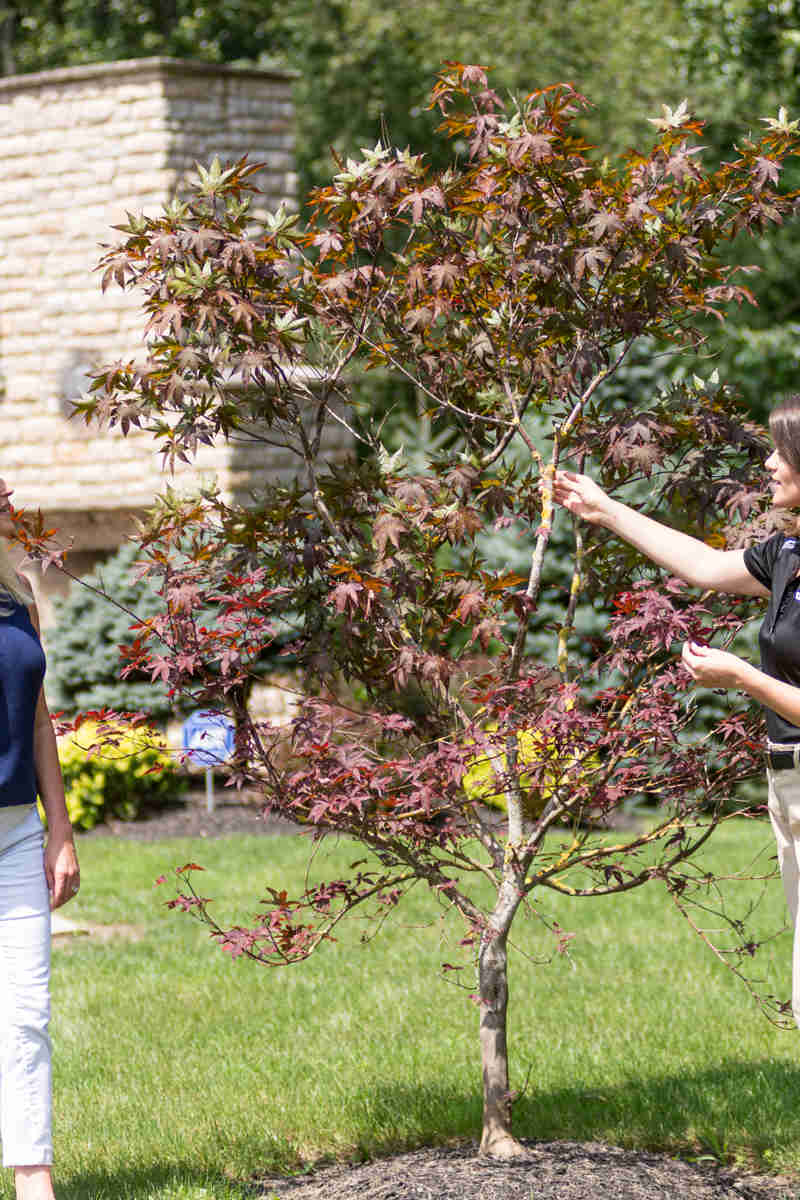Cherry Bark Tortrix Description:
The cherry bark tortrix (CBT) is a Eurasian pest first discovered in North America in the early 1990s. Fully grown larvae are just under ½” long, with pale-gray to slightly pink bodies and dark heads. Pupae are about ½” long and light brown. They are found in bark cracks or protruding from the bark. Adult moths are mottled-brown with coppery wing spots and wingspans of just over ½” inch.
Hosts:
CBT moths are major pests in the Pacific Northwest, where they affect rosaceous trees and shrubs. Affected plants include apple, crabapple, hawthorn, Mountain ash, pear, and Photinia species. Prunus species are the preferred hosts.
Biology & Symptoms:
CBT larvae overwinter under the bark of host trees, where they feed on living tissue. Initially, the feeding stimulates the exudation of gum-like resin that is often mixed with silk and fecal material. Reddish-orange “frass tubes” protruding from the bark are other signs of infestation, along with cracking and curling bark, cankers, and large swellings. Serious infestations cause branch dieback, followed by potential tree death. Mature larvae pupate in the frass tubes in early spring, and emerge as adults shortly thereafter. Flight occurs in summer. Less mature larvae pupate later, creating more flight activity in late summer. Females lay eggs on the bark, in crevices, and at graft and other wound sites. When they emerge, larvae feed in all directions just beneath the outer bark, and move into the cambium layer (but they do not attack the wood). CBT has one generation per year.
Management:
Remove and destroy seriously infested plants. Monitor host species for the presence of pupal chambers, and remove the chambers and loose bark if they appear. Set pheromone traps between early spring to fall to catch adult moths. Fertilize and water trees during drought periods to invigorate them. Practice good pruning techniques, and prune during the dormant season. Cover injured bark and pruning wounds with a pruning seal. To help reduce populations of overwintering larvae, apply dormant oil and labeled insecticide to trunks and branches. Research for effective biological control is underway.





